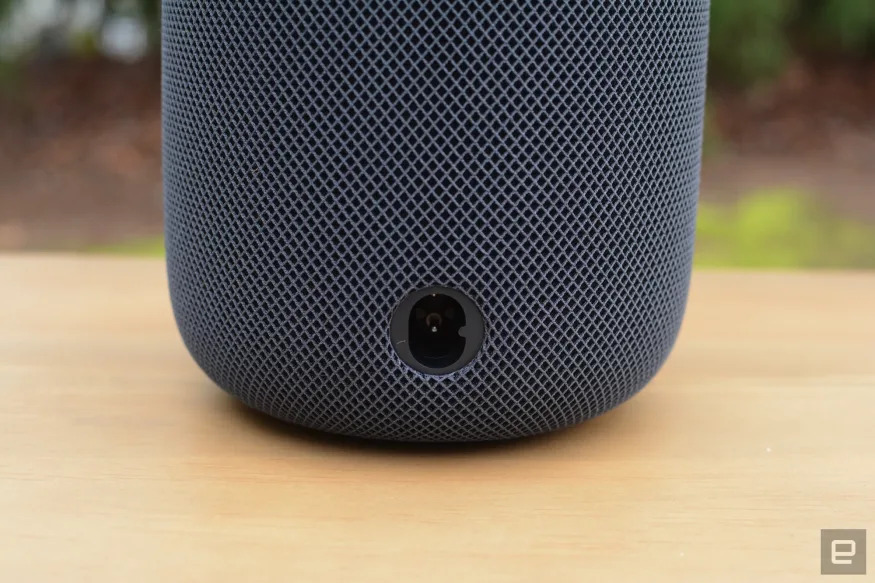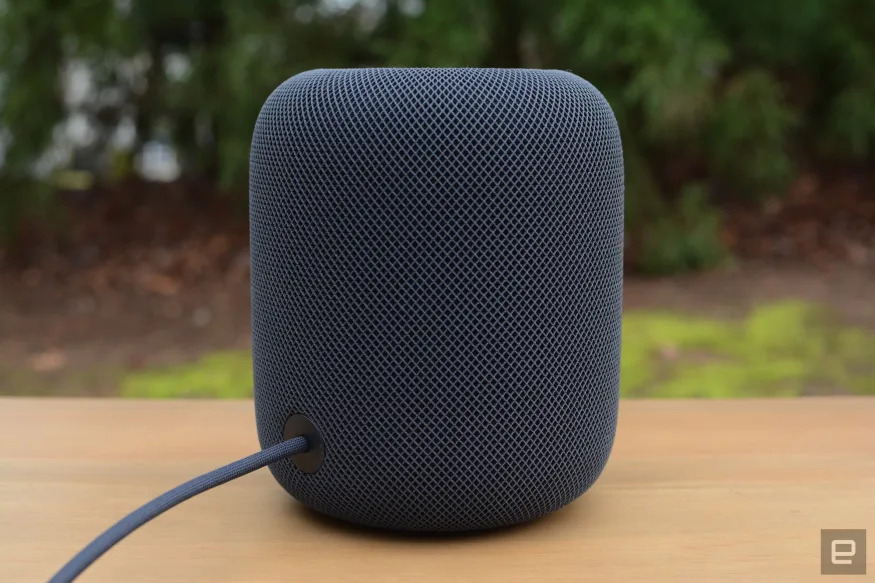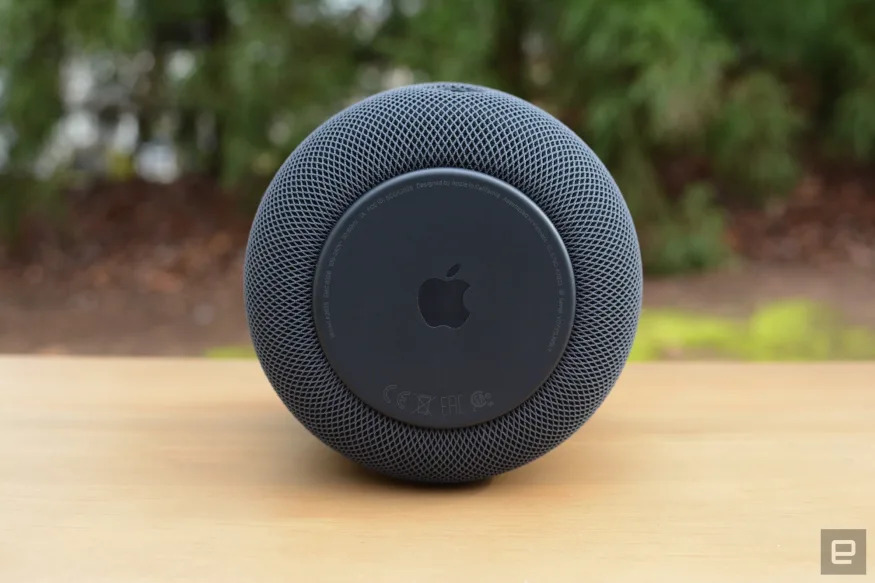The Review
It has been many years since Apple discontinued its original HomePod smart speaker. Now, we have got a effect. The company has revivified the bigger unit with upgraded audio, a more important chip, further smart home capacities, and, importantly, a lower price.
Still, the overall design remains largely unchanged. At $299, some may feel it's still a bit pricey.
-
Performance
-
Smartness
-
Features
-
Usability
-
Battery Life
The Apple HomePod (2nd generation) is a smart speaker designed for those who want high-quality sound and the ability to control their smart home devices using voice commands. With improved sound quality and a more compact design, the HomePod (2nd gen) is a worthy update to its predecessor.
One of the key highlights of the HomePod (2nd gen) is its audio quality. The speaker features a high-excursion woofer for deep bass and seven beamforming tweeters for crystal-clear vocals. The result is an immersive sound experience that can fill even large rooms.
Another feature that sets the HomePod (2nd gen) apart from other smart speakers is its ability to control other smart home devices. With support for Apple’s HomeKit platform, you can use Siri to control lights, locks, and other devices, making it a convenient hub for your smart home.
The compact design of the HomePod (2nd gen) is another plus, as it is smaller than the original HomePod and can fit into tighter spaces. Additionally, the speaker is now available in two colors – white and space gray – to better match your home’s decor.
However, there are some limitations to the HomePod (2nd gen) that are worth noting. Firstly, the speaker is only compatible with Apple’s ecosystem, so those who use Android devices or services like Spotify may not get the full experience. Secondly, Siri still lags behind other virtual assistants in terms of capabilities and accuracy.
smart home with Siri

When we reviewed the original HomePod in 2018, one of our biggest gripes was with Siri’s limited abilities. Sure the speaker sounded good, but the lack of polish with the voice assistant made it seem like a work in progress. Apple has done a lot to improve Siri over the last five years, so a lot of those issues with the original have been fixed.
First, the HomePod, like Siri on Apple TV, is capable of recognizing multiple users. Personal Requests can allow it to peek at your Calendar, Notes, Reminders, Messages, Find My and more when you ask. Plus, HomePod can give each member of your family (up to six people) their unique responses from certain iPhone apps. What’s more, Siri can create recurring home automations without you having to pick up your phone and swipe over to the appropriate app.
Even with fewer microphones to pick up your voice, the new HomePod doesn’t suffer any performance setbacks. It’s just as capable as ever at picking out your voice even in a noisy room. And, while playing music with voice commands used to be limited to Apple Music, services like Pandora, Deezer and several others can now be controlled via Siri.
Gallery: Apple HomePod (2nd gen) review | 4Photos
Sound Recognition is arguably the most notable new feature that Apple is debuting with the new HomePod, but it’s not ready yet. It can listen for smoke or carbon monoxide alarms and send a notification to an iPhone, iPad or Apple Watch. What’s more, you’ll be able to “check in” on what’s happening via an audio feed or camera. Sound Recognition won’t arrive until later this spring, so we’ll have to wait to test it.
Sound quality
The sound quality of the Apple HomePod is highly regarded by many users and reviewers. The speaker features a high-excursion woofer for deep bass and seven beamforming tweeters for clear vocals, resulting in a rich, immersive sound experience. The sound is well balanced and can fill even large rooms. The speaker also has advanced audio processing technology that automatically adjusts the sound based on the room’s acoustics, ensuring optimal sound performance.
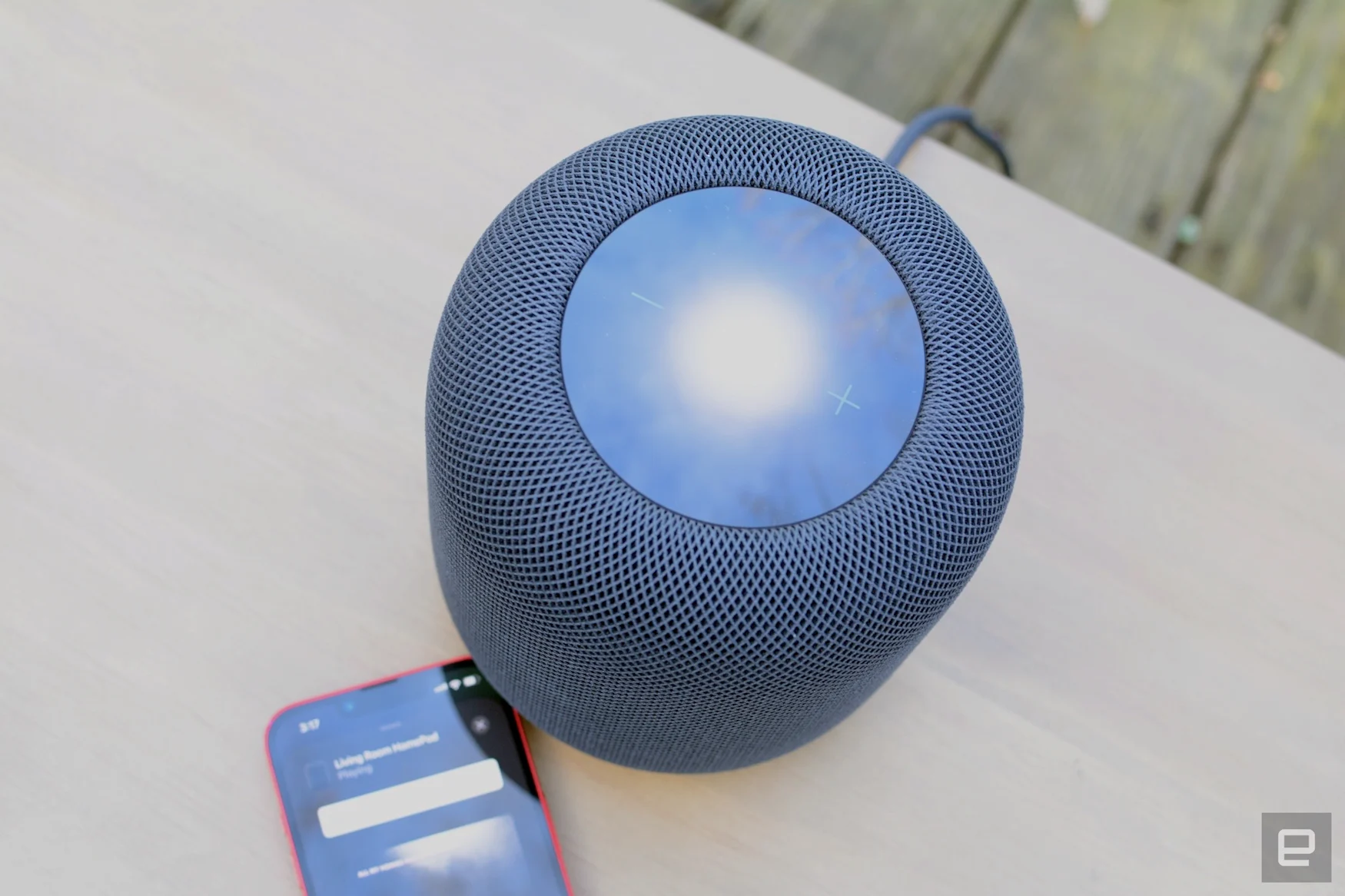
When you select a HomePod for use with the Apple TV you still need to deselect your TV speakers. Those aren’t disabled just because you’ve asked the streaming box to also send audio to a HomePod or two. TV audio with stereo pair is fine, but I can’t see using a single unit for the same purpose. In a multi-room setup you might want to send the sound from a live event like the Super Bowl to a solo speaker, but having just one as your lone living room audio from a TV isn’t a great experience. While the HomePod beams sound in all directions, with a single speaker it’s clear the sound is coming from a fixed location – something that’s a lot less noticeable with a pair or with a soundbar.
The competition
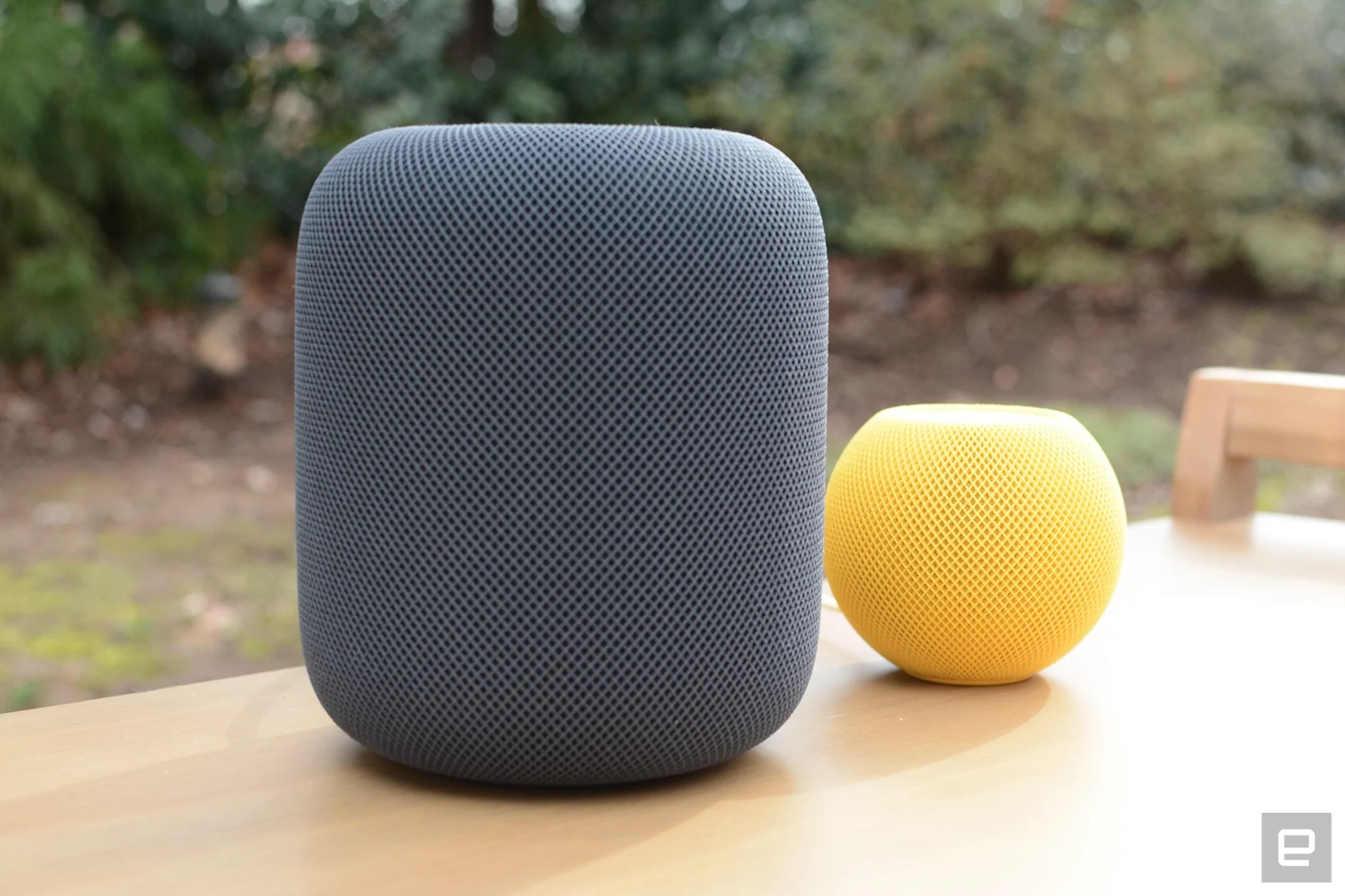
In addition to its audio quality, the HomePod also has a number of advanced features such as multi-room audio support and the ability to control other smart home devices using Siri voice commands. These features, combined with its premium sound quality, make the HomePod an attractive option for those who value high-quality audio and smart home functionality.



